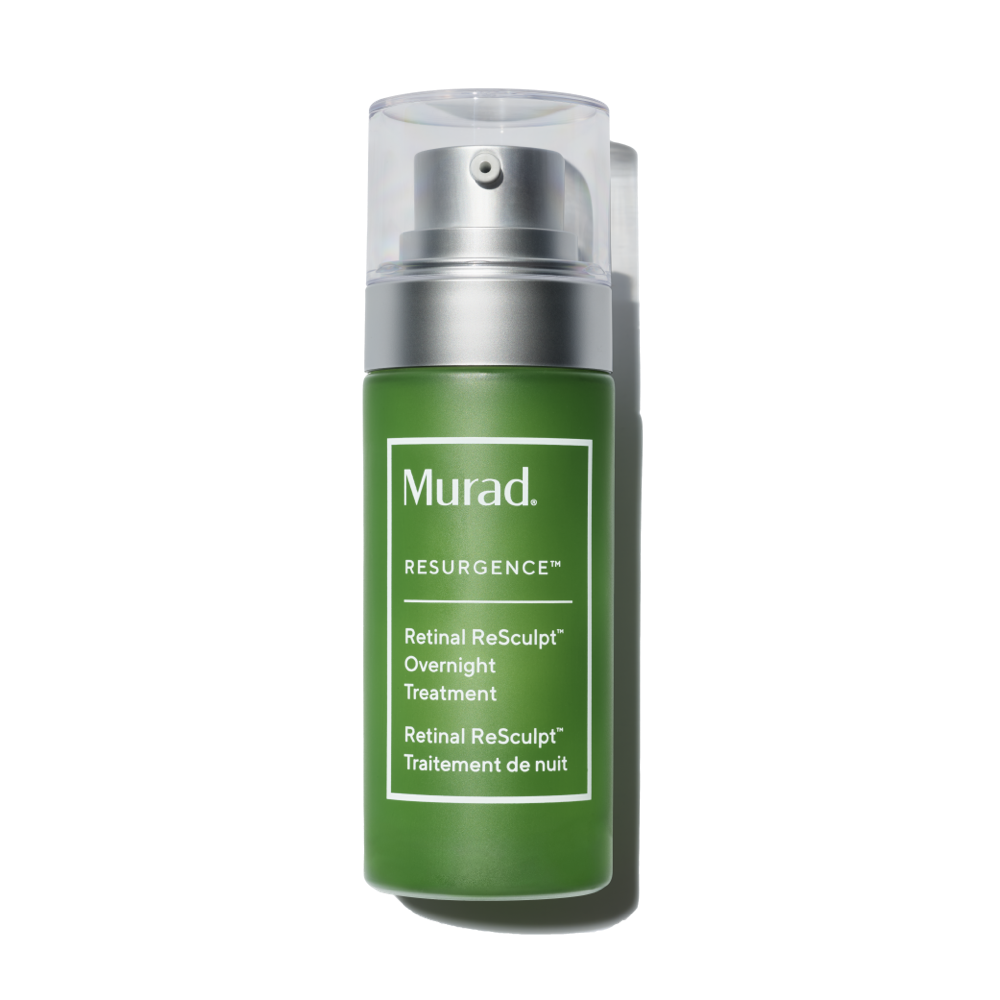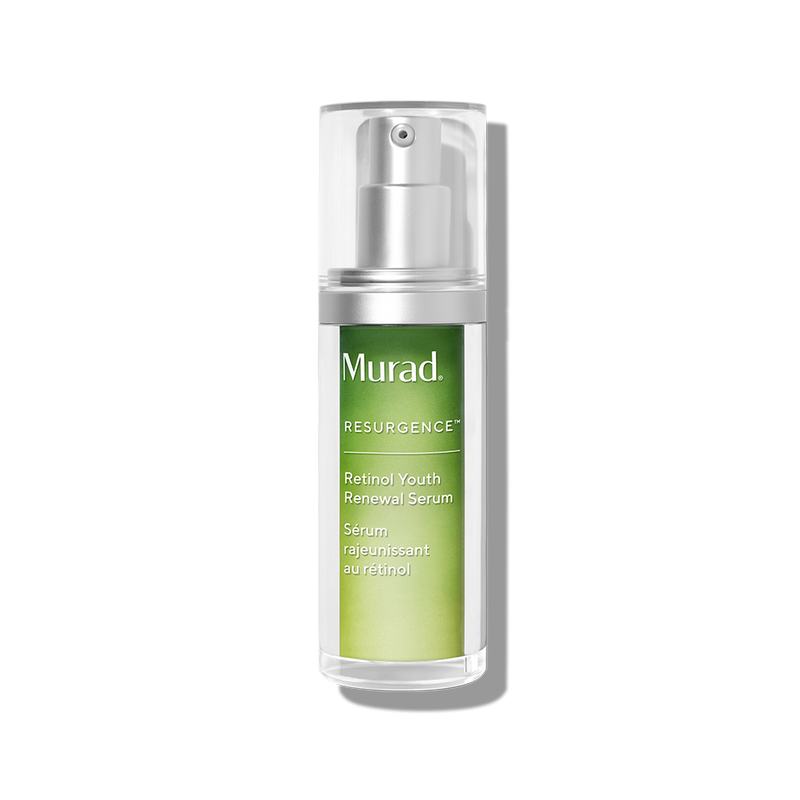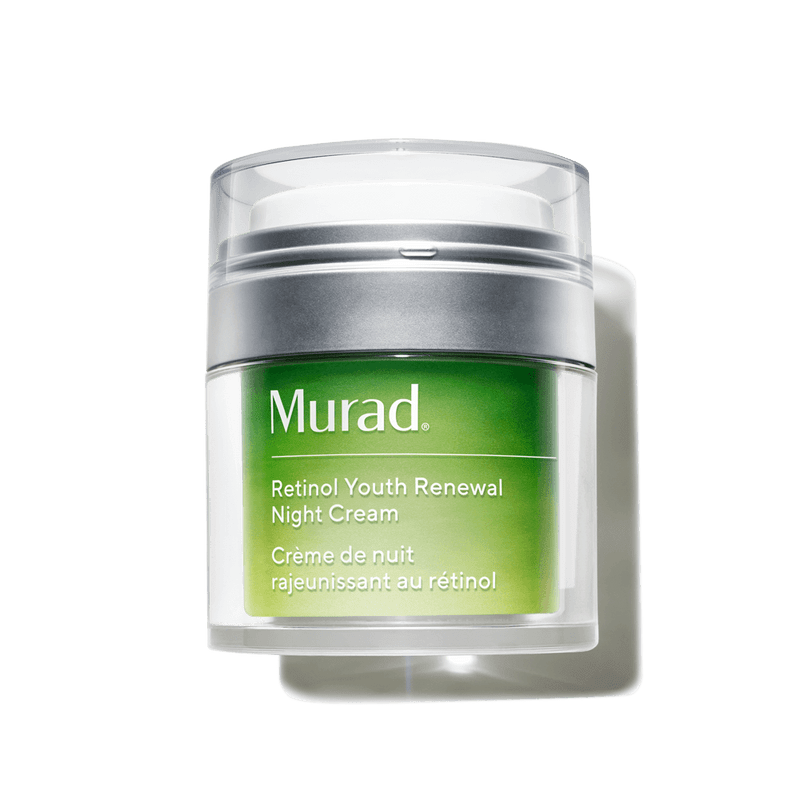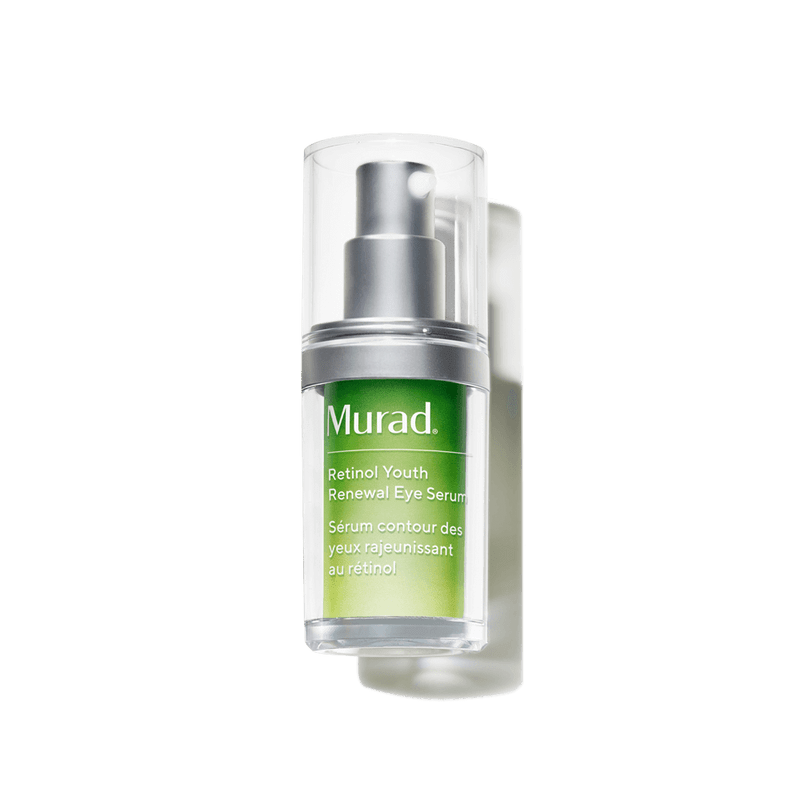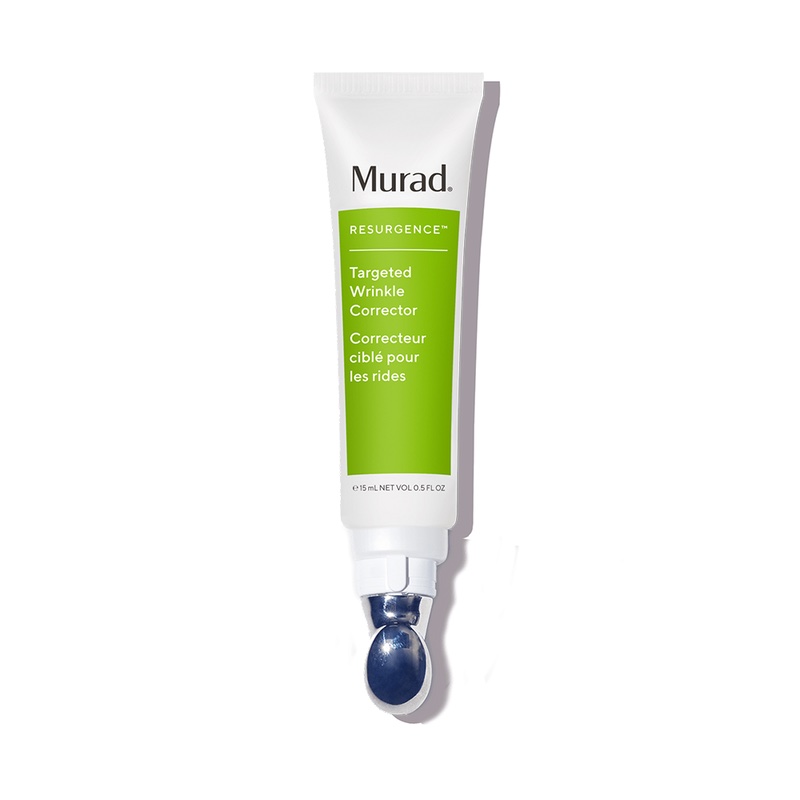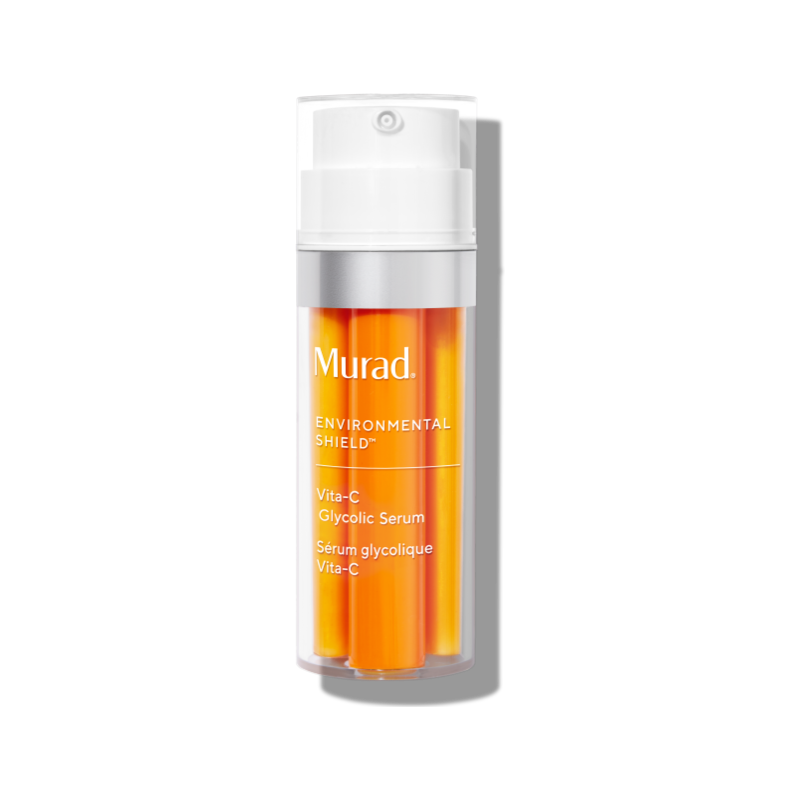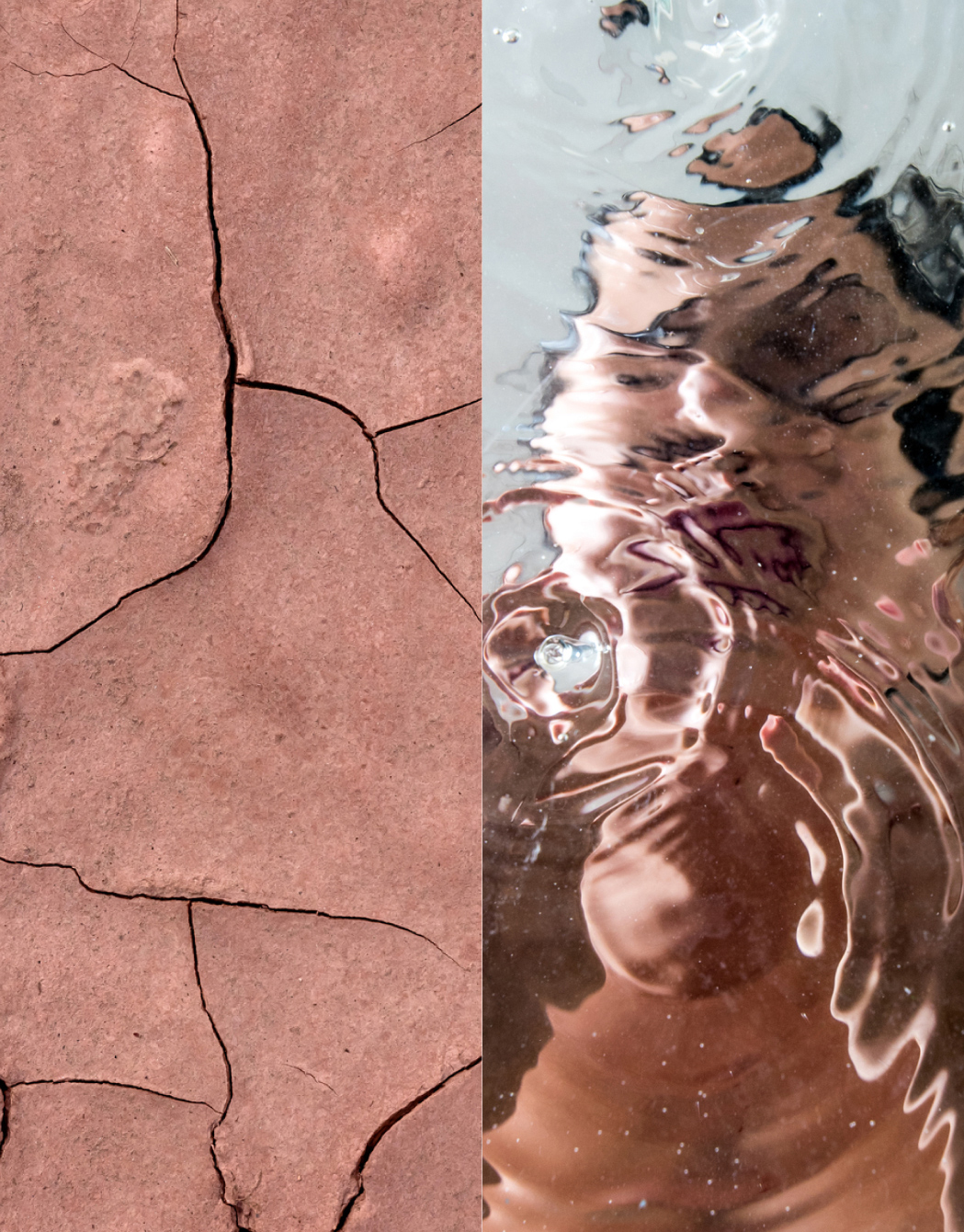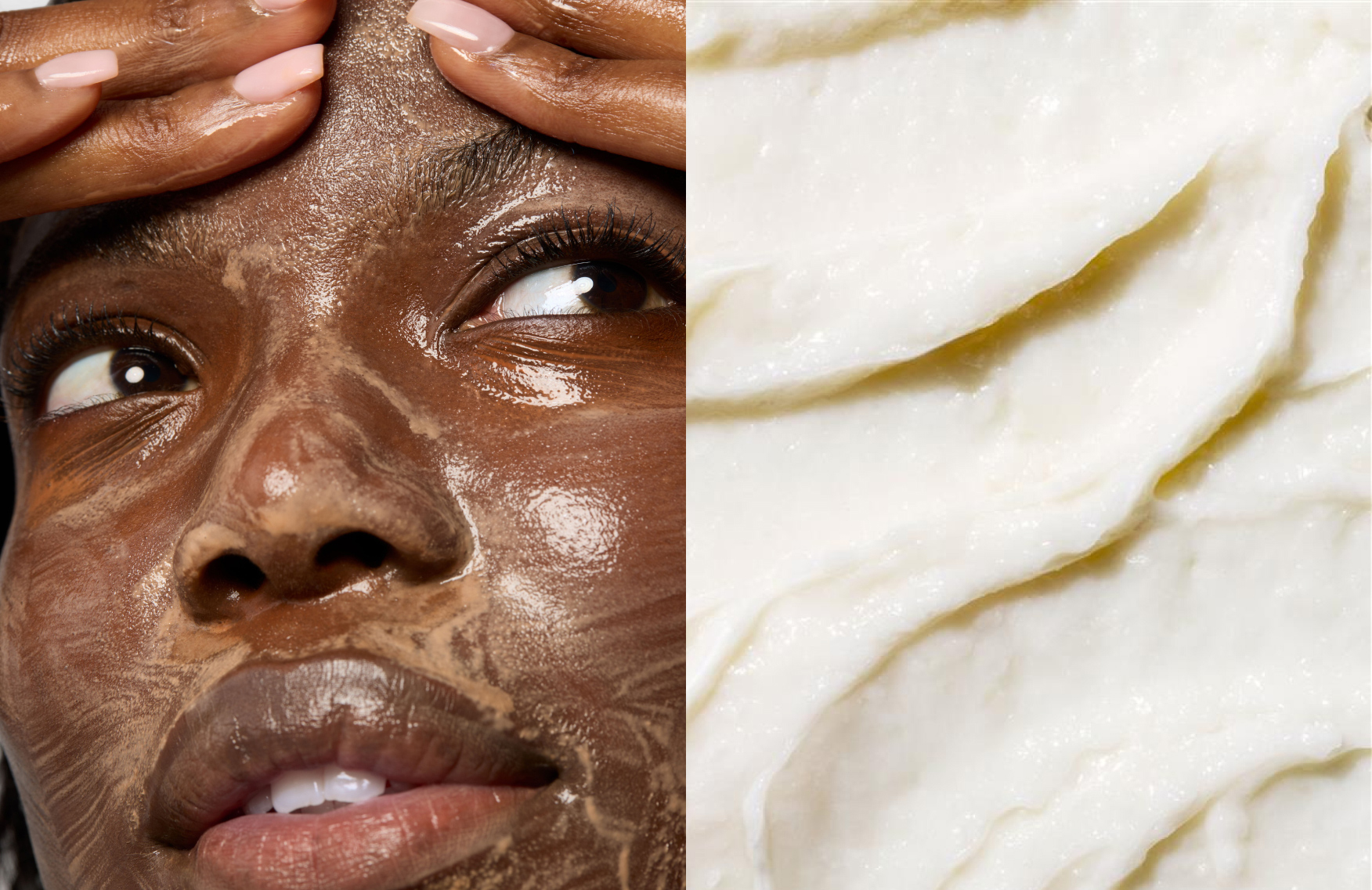Wrinkle wrap-up, part 1: The bottom line on preventing wrinkles? Do these 5 things every. Single. Day
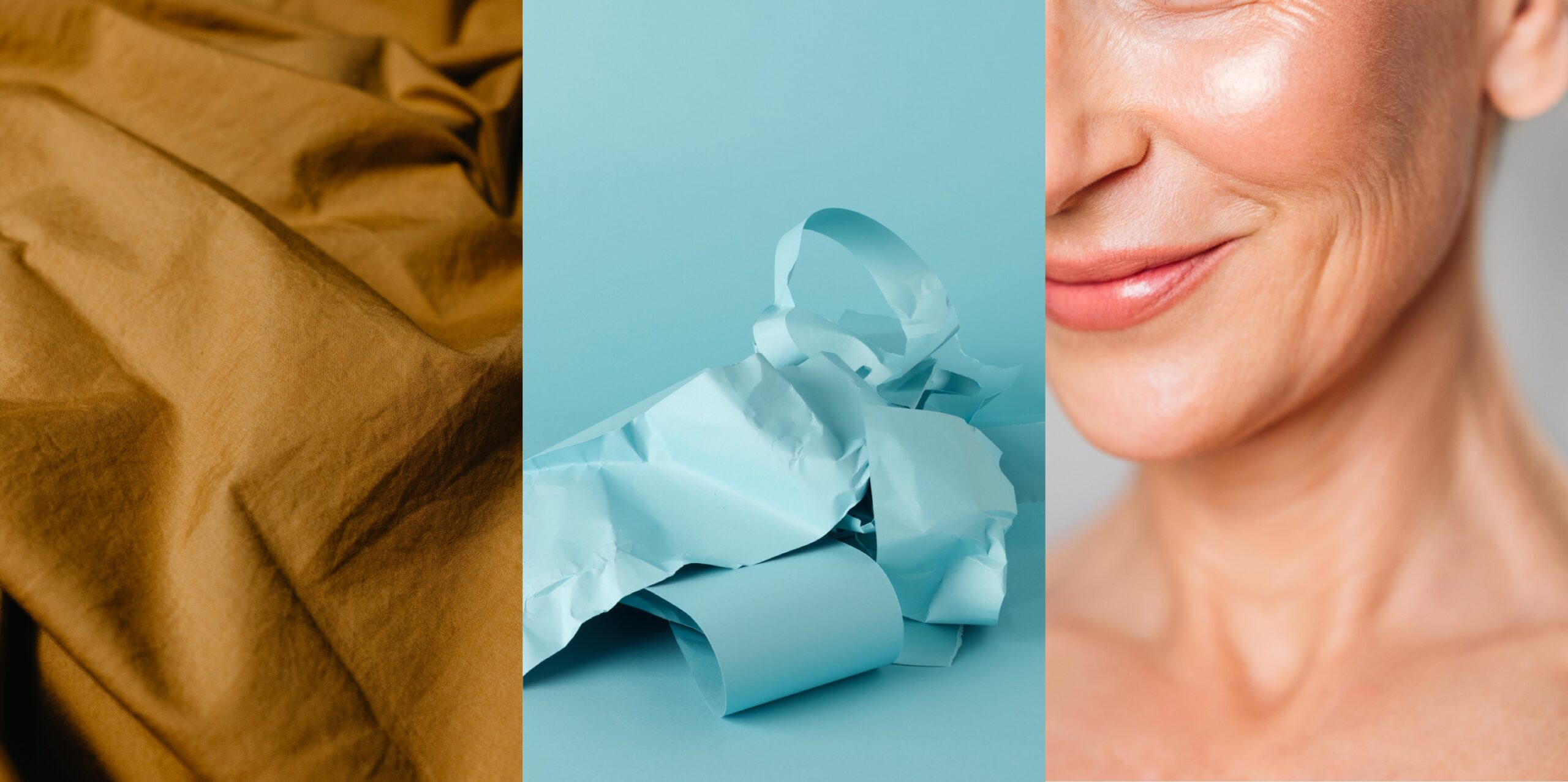

Clinically reviewed by: Allison Marks, holistic esthetician
No one is immune to wrinkles—in fact, perhaps we should work a little harder to embrace our aging skin, considering many cultures view fine lines as a sign of a life well-lived. But some among us do seem to have a leg up on keeping them at bay. Is it good genes? Botox? Yes, potentially—but a lot of the credit goes to preventative measures like eating right, staying hydrated, checking your stress and making skincare as much a part of your healthy lifestyle as brushing your teeth. Thankfully, it’s never too late to learn how to prevent wrinkles.
But first, why do wrinkles occur?
Wrinkles seem to creep up overnight, but facial lines actually form over time due to both intrinsic triggers (like the natural aging process) and extrinsic factors (like UV light from sun exposure). Intrinsically, elastin, hyaluronic acid and collagen production slow as the years go by. These essential compounds are what give skin elasticity and plumpness—key components to youthful-looking skin. As skin makes less and less of them, it will appear less and less plump, and this is when the wrinkles set in. Extrinsically, environmental factors such as UV rays and pollution accelerate these changes—which is why wrinkles can be visible as early as our mid-20s.
We can’t ignore the role that our expressions play in contributing to wrinkles, too. Whether triggered by smiling or frowning, expressions form grooves in the muscles that are underneath the skin. This goes hand-in-hand with aging because as the skin loses its ability to bounce back into place over time, those grooves become permanent.
While we can’t change the fact that we age or the muscle structure of our face, we can learn how to help prevent wrinkles in other ways and how to minimize their appearance overall.
Here are the 5 everyday things you can do to help prevent wrinkles:
UV rays from sun exposure cause damage to the skin, and that damage, in turn, causes premature skin aging and can trigger precancerous skin changes or even skin cancer. Critical defense against wrinkles and skin cancers that are caused by sun damage is sun protection. Today’s SPFs are lightweight, sheer, comfortable and often packed with added skincare benefits that promote healthy skin. Adding sun protection to your daily skincare regimen can be one of the best ways to avoid premature wrinkles. And don’t forget sun protection can come in forms other than topical sunscreens, too, including hats, sunglasses and sun-protective clothing.
Meet another anti-wrinkle all–star: antioxidants. Antioxidants like vitamins C and E help protect your skin from free radicals—unstable atoms that can damage skin cells—which can be introduced through environmental factors like UV light, pollution, smoking and unhealthy foods. Face moisturizers with SPF can offer both broad-spectrum protection and antioxidants so you can fight the sun and free radicals in one step.
Dry skin emphasizes fine lines and wrinkles, but when the skin is properly hydrated both inside and out, it appears plumper and healthier. To complement your daily water intake, add super-hydrating hyaluronic acid to your skincare regimen. It’s a naturally occurring compound in the skin that we produce less of as we age. Among its many benefits, hyaluronic acid can hold a thousand times its weight in water. By applying it to skin topically, you can re-plump fine lines and support a smooth, supple appearance.
You wear SPF. You’re obsessed with antioxidants. You know how to take care of your skin at night and never fall asleep with makeup on. But if you’re not checking your stress, it can lead to premature lines and wrinkles. Chronic stress results in a constant flood of cortisol that spreads throughout your body and skin. Stress puts skin under duress by reducing the skin’s ability to hold essential water, which can harm the protective skin barrier and instigate wrinkle formation. Plus, too much cortisol can inhibit skin’s ability to heal from wounds. Whatever you do to unwind and keep stress levels low, do it daily, whether that’s breathing exercises, getting extra sleep or cooking.
We already know a healthy lifestyle can contribute to overall greater wellbeing, including more energy and more mobility— and more vibrant, youthful-looking skin. For example, smoking has one of the most dramatic impacts on aging, causing skin to look wrinkled and sallow. Other life choices can also help impact premature aging. Minimize your intake of sugar and alcohol (which dehydrates skin), while increasing intake of fruits and vegetables. And of course regular exercise can increase circulation throughout your body, including skin.
And what can you do about the wrinkles you already have?
Prevention aside, everyone will start to see fine lines and wrinkles at some point in life, obviously. And when they do appear, there are things you can do to help reduce their look, such as adopting an anti-aging skincare routine that includes using the right moisturizer and visiting a dermatologist for a medical-based approach, if needed.
Skincare doesn’t have to be 20 steps. A 3- or 4-step anti-aging routine—particularly with plumping, hydrating and firming products—can also be quite beneficial at any age. In addition to daily cleansing and sunscreen application, you can also use serums and treatments with neuropeptides to support skin health and lessen line or wrinkle depth.
If you’re looking for a fast fix but not quite ready to commit to fillers, reach for a treatment that includes ingredients like hyaluronic acid (which fills and plumps), hexapeptide (which boosts elasticity) and squalane (which helps skin resist future wrinkles). Such treatments can typically be applied to eleven lines between the brows, forehead lines, crow’s feet, sides of the mouth, and top of mouth.
Retinol is another powerful, proven ingredient when it comes to preventing and reducing wrinkles, and retinal is a proven solution for deep-set wrinkles and more advanced signs of aging like sagging, crepey skin and jowls. Incorporate it into your routine with a retinol serum, which helps minimize the signs of aging you can see, and the ones you can’t see yet, all while strengthening the skin’s protective barrier so that it stays moisturized.
By adding just a few targeted anti-aging products to your skincare regimen, it’s possible to see dramatic differences. And don’t forget about your neck—all that moving of your head and UV exposure can add up to frustrating neck wrinkles and sagging. Applying products to your neck (especially SPF) can be just as important.
While skincare can be immediately helpful, to see permanent results for deep-set wrinkles, you may want to visit your dermatologist for medical treatments, such as lasers, peels and fillers. Certain medical treatments can help reverse skin damage, treat severe lines and encourage the skin’s natural renewal process.
More about wrinkles here:
Wrinkle wrap-up, part 2: How to give smile lines (aka wrinkles around your mouth) the boot
Wrinkle wrap-up, part 3: Why you have forehead wrinkles and what you can do about it
Wrinkle wrap-up, part 4: It’s time to talk neck wrinkles, from neck lifts to tech neck
References for this information:
Inflammation & Allergy Drug Targets, 2014, volume 13, issue 3, pages 177-190
Mayo Clinic Website, Patient Care & Health Information
American Academy of Dermatology Association Website, Everyday Care
